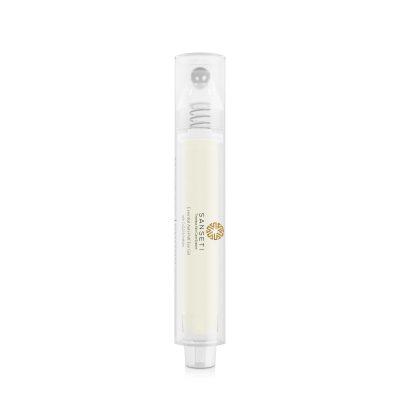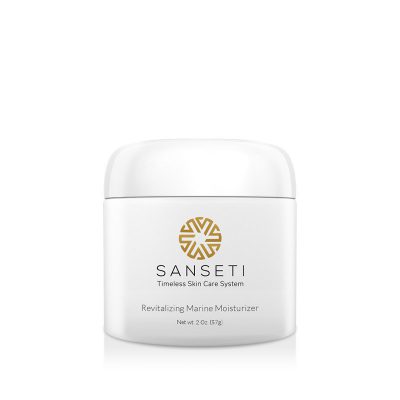
How Your Skin Care Changes Across Seasons
The weather outside makes a big difference for your skin. As the seasons change, it’s important to alter your skin care routine to match what’s going on outdoors. Different humidity levels, higher or lower temperatures, and wind or sun exposure all play a role in the health of your skin.
As the cool air of autumn heads our way, here’s a guide to the perfect skin care routine for every season:
Caring for Your Skin in the Winter
The colder temperatures and dry air of winter can wreak havoc on your skin. Sadly, this is also true of the indoor heat that we blast to keep the cold at bay. Winter can trigger eczema or dermatitis flare-ups. You might notice cracking, inflammation, or skin irritation.
This is why a good moisturizer is essential during these months. Keep your skin hydrated all through winter by frequently applying moisturizer to your face and a thick lotion to your hands. Protect your skin with winter clothing, including gloves, when it’s time to go outside. When it comes to washing your skin, try not to deal with the cold by taking too many hot baths. The heat is damaging to your skin.
Caring for Your Skin in the Spring
Spring is the transitional phase between the cold of winter and the heat of spring, so your skin will be adjusting to the switch, too. This is a great time to schedule an appointment with your dermatologist for a skin check-up. Your dermatologist can assess you for skin cancer and offer advice for your specific skin type.
If you suffer from spring time allergies, then you might find yourself managing puffy eyes or facial redness. Avoid allergens in your make-up and skin care products as much as possible, in order to avoid making the problem worse. For facial symptoms, cooling eye masks can help soothe any swelling and irritation.
Caring for Your Skin in the Summer
Sunscreen should be worn year round, but the increased sunshine of the summer season means that sunblock should be a staple in your purse or work bag. We all spend more time outdoors during the summer months, so we also run the risk of causing serious damage to our skin from UV rays.
Make sure to use a moisturizer that contains sunscreen, or use a separate sunscreen alongside your moisturizer. Apply chemical sunscreens before moisturizer and physical or mineral sunscreens after moisturizer. Make sure to use a sunscreen with an SPF of at least 30 for the best protection.
Certain summer sports, like swimming, can be hard on the skin. Be sure to shower with cool water before and after you swim. You should also apply a layer of lotion to protect your skin from pool chemicals and the time spent in the water.
Caring for Your Skin in the Fall
Like spring, fall is a transitional season. This is the time to prepare your skin for the colder months ahead. Continue to keep your skin moisturized and hydrated while still remembering to wear sunscreen. As you turn on the heating system in your home, give your skin a little extra moisture by switching on a humidifier, too. There are a variety of humidifier types, all of which are effective for adding moisture back into the air and soothing your skin.
Regardless of the season, taking care of yourself should always be at the top of your skin care routine. Drinking plenty of water, eating colorful foods rich with vitamins, quitting smoking, and managing stress are all important health habits that impact the look of your skin.












